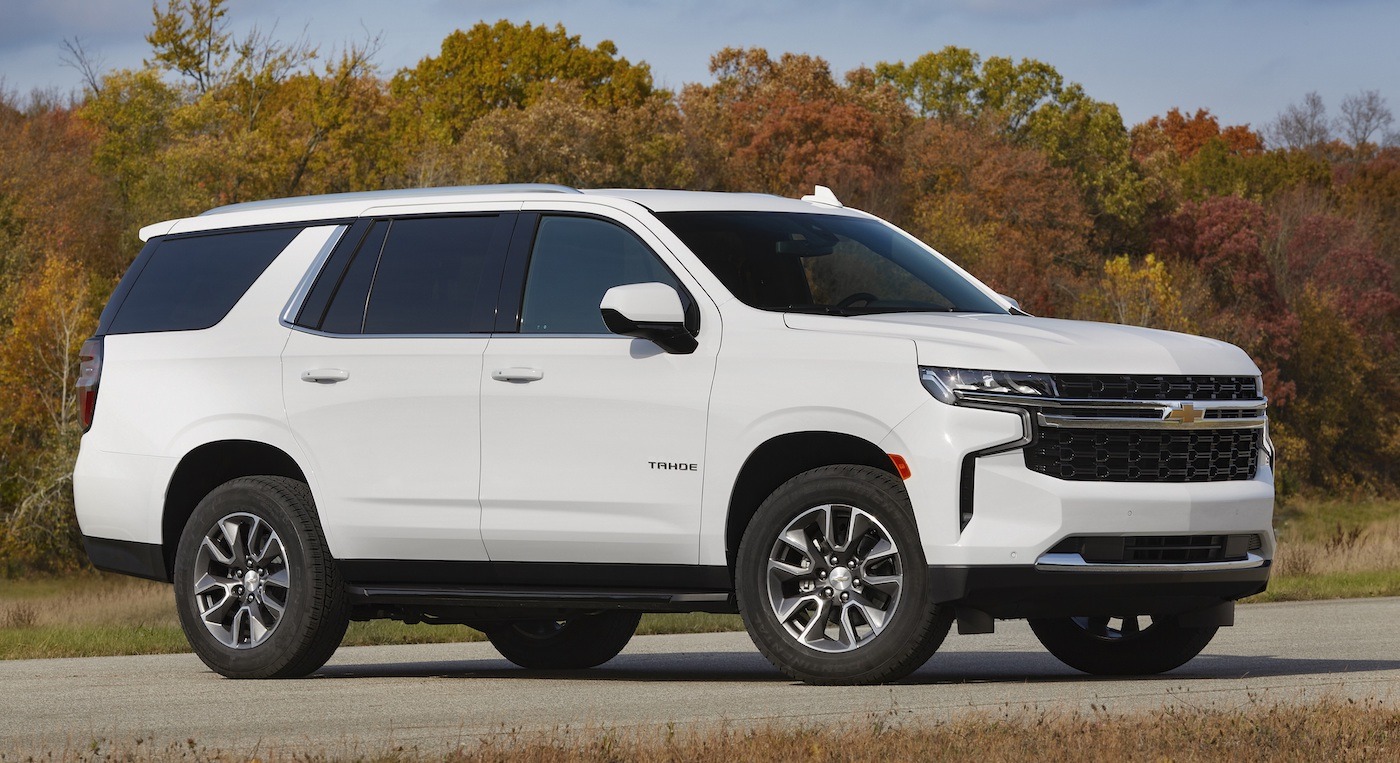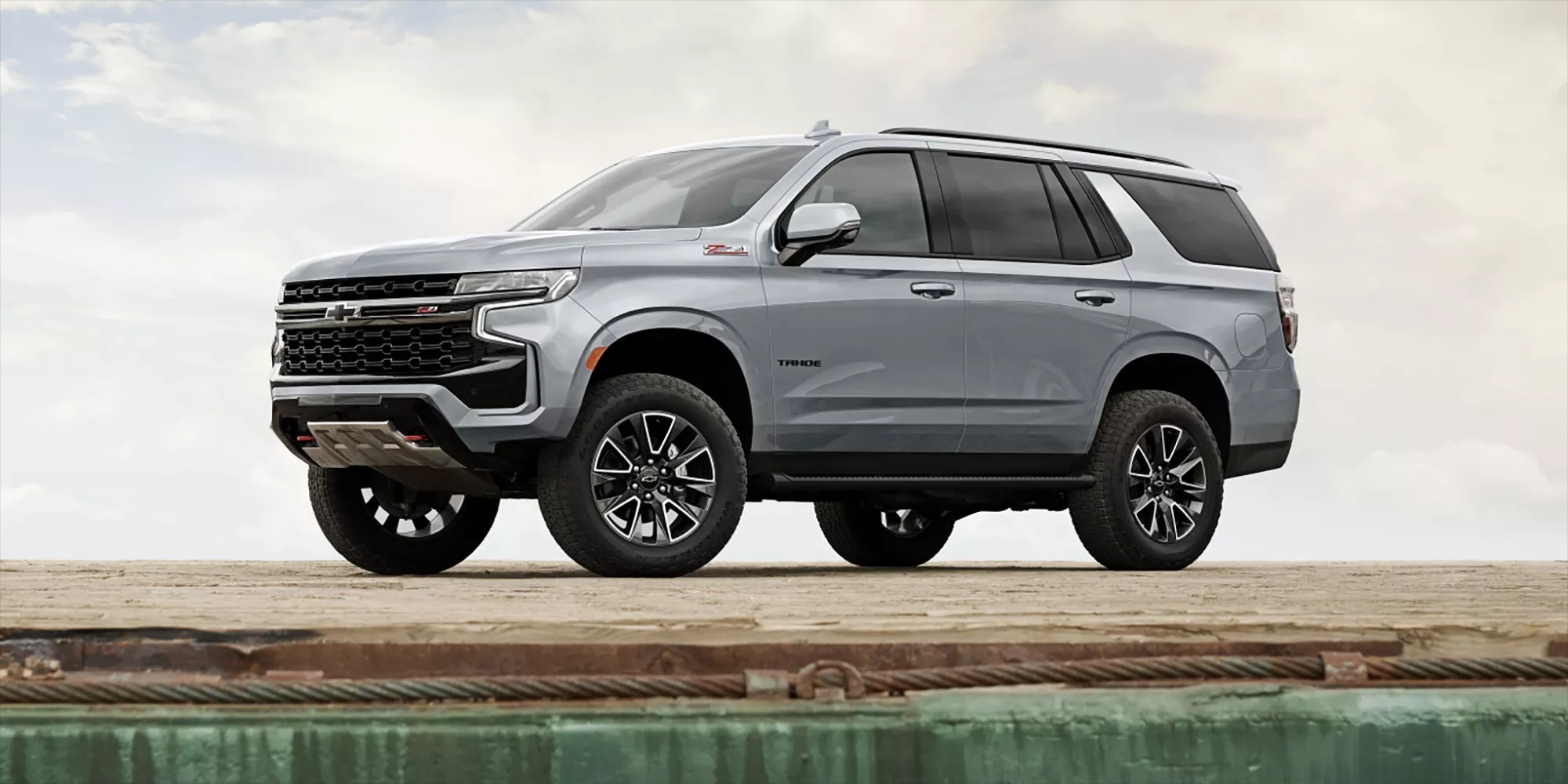Losing 40,000 American lives annually, the dangers of secondhand smoke are now widely recognized. However, there was a time when lighting a cigarette was viewed as a personal choice that only affected the smoker.
Scientific research in the 1980s was the first to reveal that cigarette smoke could be lethal to individuals who never smoked themselves.
By the late 1990s, domestic flights, workplaces, and an increasing number of bars and restaurants had instituted smoking bans.
With tobacco consumption becoming increasingly restricted, the number of American smokers fell sharply. In 1983, 38 percent of Americans had smoked a cigarette within the past week; by 2000, that number had dropped to 25 percent.
Also Read: Is the SUV Craze Ruining U.S. Fuel Efficiency Progress?
Secondhand smoke exemplifies what economists call a negative externality—a product’s hidden costs that are absorbed by the broader public rather than just the individual user.

This perspective helped move attitudes against smoking, and it offers valuable insight into another modern issue. Just as cigarettes were pervasive in the past, a similar product dominates today. It, too, has the capacity to end lives beyond those who use it: oversized cars.
Over the past 50 years, traditional sedans and station wagons have been steadily replaced by massive SUVs and pickup trucks, now making up 80 percent of all new vehicle sales.
Known as car bloat, this trend creates a danger for people who never agreed to take the risk—whether they are pedestrians, cyclists, or occupants of smaller vehicles. Though often overlooked, the dangers posed by oversized vehicles are well-documented.
Their sheer weight makes collisions with smaller cars far deadlier, while their towering front ends reduce visibility, putting pedestrians and cyclists in harm’s way. Fatalities among both groups have reached their highest levels in 40 years across the United States.
The presence of these massive vehicles may even discourage people from biking or walking, much like how public spaces shrouded in cigarette smoke once drove people away.
Despite substantial research highlighting the hazards of oversized vehicles, policymakers in the U.S. have taken little action to curb their proliferation.
Powerful political obstacles stand in the way. Automakers market SUVs and trucks with imagery of rugged terrains, but in reality, millions of Americans use them for routine trips to work, school, and the grocery store.
To impose size regulations on automobiles, reformers would need widespread public backing. The anti-smoking movement provides a blueprint for how to make that happen.
How the Anti-Smoking Movement Switched Public Perception
Mid-20th-century America was flooded with cigarette smoke, even as scientific studies had already begun linking smoking to cancer before World War II. By the 1940s and 1950s, over 40 percent of Americans were regular smokers, with many consuming at least a pack per day.
Tobacco companies wielded enormous political influence, with strong support from North Carolina, which accounted for over a quarter of the nation’s tobacco farming.
The medical community steadily amassed evidence revealing the health risks associated with smoking. In 1964, the Surgeon General’s Office released a groundbreaking report that connected cigarette use to lung cancer and heart disease, igniting a national conversation.
A few years later, in 1967, lawyer John Banzhaf, sometimes called “the Ralph Nader of the tobacco industry,” leveraged that report to persuade the Federal Communications Commission to mandate anti-smoking advertisements on television networks, counterbalancing tobacco commercials.
During the 1970s, grassroots activism against smoking began gaining traction. Advocates argued that non-smokers had a right to breathe clean air, free from the nuisance of cigarette smoke.
“Most of these activists were women who felt that others’ smoking should not take precedence over their own ability to enjoy public spaces,” explained Sarah Milov, a historian at the University of Virginia and author of The Cigarette: A Political History. One such activist,
Maryland resident Clara Gouin, founded Group Against Smoking Pollution. She distributed newsletters and sent policymakers signs emblazoned with a now-familiar phrase: “Thank you for not smoking.”
At the time, cigarette smoke was mostly considered an irritation rather than a health risk to bystanders. However, signs of more serious consequences were emerging.
In 1975, research revealed that carbon monoxide levels in the Detroit Lions’ stadium spiked tenfold when thousands of spectators lit up during games, surpassing federal air pollution limits.
The tobacco industry defended its products by appealing to ideals of personal freedom. For decades, cigarette manufacturers promoted the idea that smokers had the right to choose for themselves. “That argument resonated deeply, tapping into the strong libertarian streak in American culture.”
By the 1980s, however, scientific research revealed that secondhand smoke wasn’t just a nuisance—it could be deadly. A pivotal moment came in 1981 when Japanese epidemiologist Takeshi Hirayama published a groundbreaking study.
Its title left little room for ambiguity: Non-Smoking Wives of Heavy Smokers Have a Higher Risk of Lung Cancer. Examining 14 years of data from tens of thousands of individuals, Hirayama demonstrated that women married to smokers were far more likely to develop lung cancer than those whose husbands didn’t smoke.
The study made headlines, earning front-page coverage in The New York Times. Even those without a scientific background understood the implications. If spouses of smokers were at risk, so were coworkers, friends, and strangers exposed to cigarette smoke in shared spaces.
The issue gained further traction in 1986, when another landmark Surgeon General’s report detailed the dangers of what it termed “involuntary smoking.” C. Everett Koop, the Reagan-appointed Surgeon General, issued a call to action: “As both a physician and a public health official, I believe we can no longer afford to delay.
The time to implement protective measures is now.” His statement, according to Milov, was directed not just at federal lawmakers but also at state and local policymakers.
Change followed swiftly. Cities across the country began restricting smoking in public spaces. Aspen, Colorado, became the first U.S. city to prohibit smoking in restaurants in 1987. Three years later, San Luis Obispo, California, expanded the policy to all public buildings.
Private employers also started imposing smoking restrictions in the workplace. “Banning smoking in public spaces doesn’t prevent anyone from smoking,” Banzhaf noted in an interview, “but it does make the habit far more inconvenient.”
After stagnating for years, adult smoking rates began a steady decline in the 1980s. Today, only 11 percent of Americans smoke—an all-time low.
America’s Failure to Address Car Bloat
A satirical Onion article from 2020 portrayed an “SUV shopper” who wanted a vehicle that would “kill the family in the other car” in a collision. While intended as humor, the piece highlighted an uncomfortable truth about how oversized vehicles create hazards for those outside them.
Also Read: SUVs and Global Warming: Should They Be Banned in Urban Areas?
A study by The Economist found that the additional weight of the largest U.S. vehicles marginally improves occupant safety but results in far more fatalities among people in smaller cars. Pedestrians are at even greater risk.

The elevated height of many SUVs and trucks obscures visibility, while their blunt front ends increase the likelihood of striking a person’s torso or head instead of their legs. Research suggests that reducing hood height to 1.25 meters—15 cm shorter than a Ford F-250—could prevent over 500 deaths annually.
Public awareness is growing. A YouGov poll conducted in February found that 41 percent of respondents believe cars have become excessively large, while nearly half recognize their dangers to pedestrians and smaller vehicles.
Yet, unlike tobacco, the federal government has done little to raise awareness. Transportation Secretary Pete Buttigieg sidestepped questions about SUVs’ role in pedestrian deaths in 2023, and in 2021, President Joe Biden posed for a photo while driving a GMC Hummer EV, a vehicle with the mass of three Toyota Corollas.
Efforts to regulate vehicle size face an uphill battle, much like the early anti-smoking campaigns. A broad movement will be necessary to push for meaningful change—just as it was for tobacco reform decades ago.

